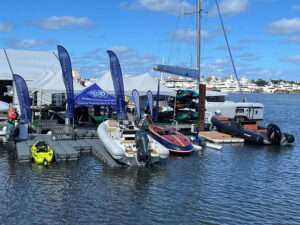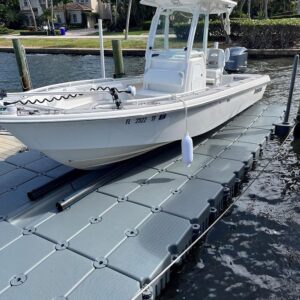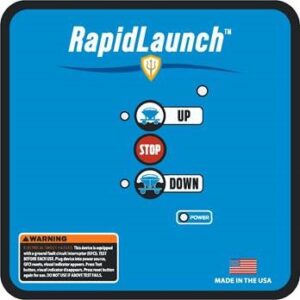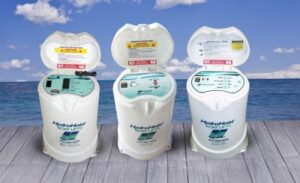Why Drive-On Floating Docks Are Ideal for Shallow Water Areas
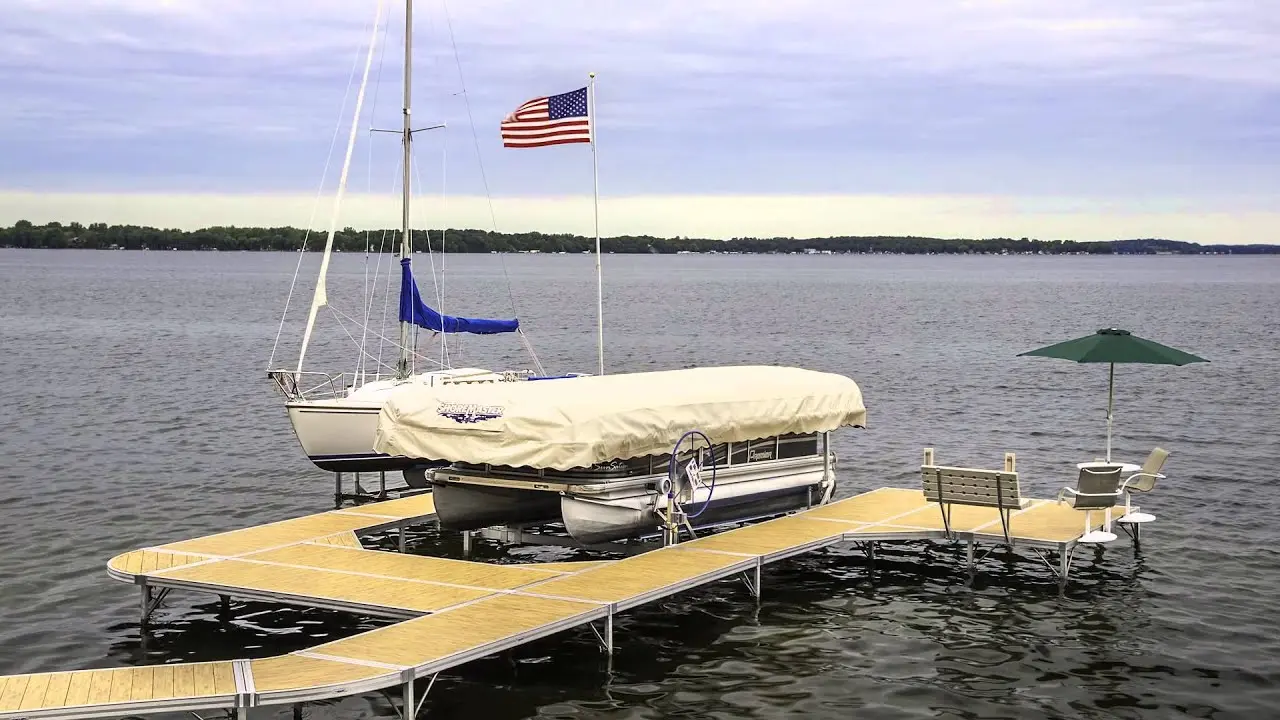
Docking in shallow water can be a frustrating and risky task for boat and PWC owners. Limited depth, shifting tides, and murky bottoms make traditional docking solutions ineffective or even hazardous. That’s where drive-on floating docks come in—a smart, modern solution that makes shallow water docking simple, safe, and sustainable.
These modular platforms allow watercraft to roll or drive directly onto a stable, dry surface without relying on depth or expensive infrastructure. Whether you’re dealing with muddy flats, rock-laden bottoms, or fluctuating water levels, drive-on docks are tailor-made for shallow conditions.
Understanding Drive-On Floating Docks
A drive-on floating dock is exactly what it sounds like—a platform that floats on the water’s surface and allows you to drive or roll your personal watercraft (PWC) or boat directly onto it. Made from durable polyethylene or other marine-grade plastics, these docks are designed for stability, buoyancy, and low maintenance.
Most are modular in nature, meaning you can customize the layout to match your shoreline or vessel type. They can support various watercraft including jet skis, small boats, inflatables, and fishing skiffs. The dock gently cradles your vessel above the water, keeping it safe from waves, algae, and shallow hazards. Their floating nature means they rise and fall with the waterline, always maintaining the right height for boarding and unloading.
Challenges of Shallow Water Docking
Shallow water creates a unique set of challenges:
- Traditional docks require depth and pilings, which can be costly and environmentally damaging in shallow zones.
- Boat hulls and engines are susceptible to grounding or scraping against submerged rocks or vegetation.
- Tidal fluctuations can leave boats stuck or marooned when the water recedes.
- Bottom composition (sand, mud, or plant life) makes installation of fixed docks tricky and potentially damaging to the ecosystem.
In these environments, fixed structures can do more harm than good, and frequent maintenance becomes a chore. That’s why many property owners and marina managers are moving toward floating solutions.
Key Benefits of Drive-On Floating Docks in Shallow Water
a. Easy Access and Exit
Drive-on docks offer unmatched convenience. Simply idle your watercraft onto the platform and roll it off when you’re ready to go. There’s no need for a launch ramp or trailer, and you can access your vessel regardless of water depth.
b. Protection for Watercraft
Keeping your boat or PWC elevated prevents algae buildup, hull blistering, and saltwater corrosion. It also avoids propeller damage and engine clogs from sediment or debris often stirred up in shallow water.
c. Minimal Environmental Disruption
Floating docks require no heavy pilings or dredging, making them ideal for eco-sensitive or protected areas. Their buoyant structure adapts naturally to water level changes, reducing impact on marine life and shoreline vegetation.
d. Low Maintenance and Durability
Constructed from UV-resistant, marine-grade materials, these docks resist rot, rust, and marine organism infestation. They’re easy to clean and typically require far less upkeep than wooden or metal docks.
e. Flexibility and Mobility
Drive-on floating docks are modular and portable. You can relocate them seasonally, expand as your needs grow, or reconfigure the setup to fit a different shoreline—all without hiring a full construction crew.
Ideal Applications for Drive-On Floating Docks
Because of their versatility and shallow-water compatibility, watercraft floating docks are used across a wide range of settings:
- Residential waterfronts – Easily launch jet skis or small boats from your backyard.
- Commercial marinas – Perfect for high-traffic rental businesses with minimal water depth.
- Seasonal or remote cabins – Install and remove easily without permanent alteration to the shoreline.
- Eco-sensitive zones – Protect native species and habitat by avoiding intrusive construction.
Installation and Cost Considerations
Installing a drive-on floating dock is significantly simpler than a traditional dock. In many cases, it can be done in a day without heavy machinery. The modular sections snap together and anchor with chains or poles, depending on the water conditions.
Cost-wise, while initial prices vary based on size and features, floating docks often end up more affordable in the long run. You avoid costly permits, environmental fees, and constant maintenance that come with fixed docks. Plus, the modular design means future upgrades are simple and budget-friendly.
A Smart Solution for Shallow Water
If you’re dealing with shallow water, fluctuating tides, or want to avoid disrupting the natural environment, a shallow water boat lift like a drive-on floating dock is your best bet. These platforms offer protection, convenience, and adaptability all in one package—perfect for residential users, rental operations, and eco-conscious locations.
Why wrestle with the risks of traditional docks when there’s a better way?
Float Smarter—Dock Easier
Ready to upgrade your shoreline with a reliable, eco-friendly solution? Explore our selection of shallow water boat lifts and watercraft floating docks today.
Contact us now to get expert advice, request a quote, or schedule a site consultation. Your perfect shallow water docking system is just a call away.

